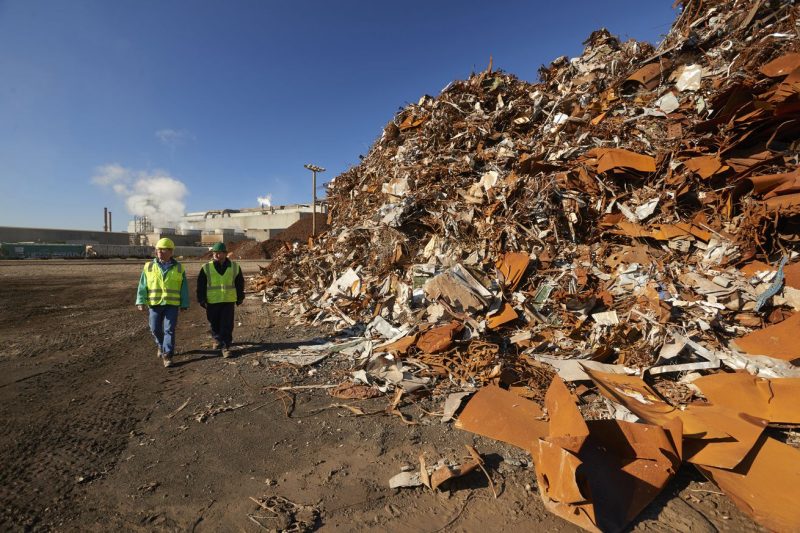The construction industry plays a significant role in global economic development, but it also has a considerable impact on the environment. As the world aims to achieve sustainability goals, including reducing carbon emissions and promoting eco-friendly practices, the search for more sustainable construction materials has become a priority for governments and industries worldwide.
The Biden administration in the United States has taken a proactive approach to find and promote sustainable construction materials. Recognizing the environmental challenges faced by the construction sector, the administration’s focus on sustainable materials aligns with its broader goals of combating climate change and promoting a green economy.
One of the key aspects of finding sustainable construction materials is the emphasis on reducing carbon emissions. Traditional construction materials such as concrete and steel are known for their high carbon footprint due to the energy-intensive processes involved in their production. By exploring alternative materials that have lower carbon emissions, the construction industry can significantly reduce its environmental impact.
Innovative materials such as bamboo, recycled plastic, and engineered wood are gaining popularity for their sustainability benefits. Bamboo, for example, is a rapidly renewable resource that can be used as a versatile construction material. Its fast growth rate and carbon sequestration properties make it a promising alternative to traditional building materials. Recycled plastic, on the other hand, offers a solution to the plastic waste problem by repurposing materials that would otherwise end up in landfills.
Engineered wood, including cross-laminated timber (CLT) and laminated veneer lumber (LVL), is another sustainable option that is gaining traction in the construction industry. These wood products are strong, durable, and sequester carbon, making them an attractive choice for environmentally conscious builders. Additionally, the use of wood in construction can help reduce the demand for carbon-intensive materials like concrete and steel.
Promoting sustainable construction materials also involves creating incentives for their adoption and developing industry standards and certifications. Government policies, such as tax incentives and subsidies for green building projects, can encourage builders and developers to prioritize sustainability in their construction practices. Certification programs, such as LEED (Leadership in Energy and Environmental Design), provide a framework for assessing the environmental performance of buildings and incentivizing the use of sustainable materials.
In conclusion, the search for more sustainable construction materials is a crucial step towards building a greener and more eco-friendly future. By prioritizing materials with lower carbon emissions, renewable sources, and recyclable properties, the construction industry can significantly reduce its environmental impact. The efforts of the Biden administration to promote sustainable materials reflect a growing global awareness of the need to build more sustainably and create a more environmentally friendly built environment. As technology and innovation continue to drive progress in materials science, the possibilities for sustainable construction materials are endless, offering a promising path towards a more sustainable future.

